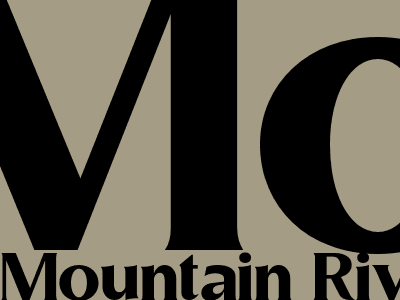Boosting Website Traffic: A Comprehensive Guide to Image Optimization
Introduction
In today's digital landscape, images play a pivotal role in capturing attention and conveying information. Optimizing images for search engines and users alike is essential for driving website traffic and enhancing user experience. This comprehensive guide will delve into the intricacies of image optimization, empowering you with the knowledge and techniques to maximize the impact of your visual content.
Image Optimization Techniques
1. File Format Selection: Choosing the appropriate file format can significantly reduce file size without compromising image quality. JPEG is ideal for photographs, while PNG is suitable for graphics with sharp lines and transparent backgrounds.
2. Image Size Optimization: Resizing images to match the intended display size helps minimize loading time and data consumption. Use tools like ImageOptim or TinyPNG to compress images without visible distortion.
3. Alt Text and Captions: Alt text provides descriptive information about an image, making it accessible to screen readers and search engines. Captions add context and provide additional information to enhance user understanding.
4. Image Sitemap: An image sitemap is an XML file that lists all images on a website. Submitting it to search engines helps them discover and index your images more effectively.
5. Image CDN: Utilizing a content delivery network (CDN) can accelerate image loading by caching images on servers located closer to users. This reduces latency and improves page speed.
Benefits of Image Optimization
1. Improved Search Engine Rankings: Optimized images with relevant alt text and captions improve image search visibility, leading to potential traffic from search results.
2. Enhanced Page Loading Speed: Smaller, optimized images contribute to faster page loading times, which is a critical factor in user engagement and search engine rankings.
3. Increased Accessibility: Alt text makes images accessible to visually impaired users and screen readers, ensuring inclusivity.
4. Improved User Experience: Optimized images enhance visual appeal, improve navigation, and create a more engaging user experience.
5. Reduced Bounce Rate: Faster loading pages and visually appealing images reduce bounce rate and encourage users to stay on a website longer.
Best Practices for Image Optimization
1. Use Descriptive Filenames: Give images filenames that accurately reflect their content, making it easier for search engines to understand what they depict.
2. Implement Schema Markup: Adding schema markup to images provides structured data that helps search engines interpret and display images more accurately.
3. Optimize for Mobile: As most website traffic comes from mobile devices, ensure images are optimized for smaller screens, using responsive design techniques.
4. Monitor Image Performance: Use tools like Google Analytics and PageSpeed Insights to track image loading time and identify areas for improvement.
5. Stay Updated on Best Practices: Image optimization techniques continue to evolve, so it's crucial to stay informed about the latest best practices to maximize results.
Conclusion
Image optimization is a multifaceted aspect of website optimization that can significantly impact traffic, user experience, and search engine rankings. By implementing the techniques and best practices outlined in this guide, you can optimize your images to their full potential, enhancing your website's visibility, engagement, and conversion rates.

Comments